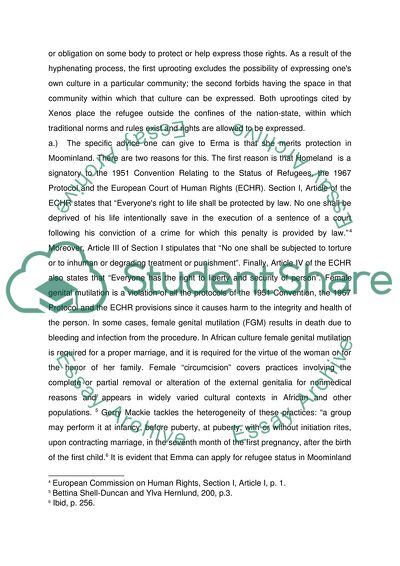Cite this document
(The Refugee Question and the European Court of Human Rights Term Paper, n.d.)
The Refugee Question and the European Court of Human Rights Term Paper. Retrieved from https://studentshare.org/law/1711363-refugee-law-exam
The Refugee Question and the European Court of Human Rights Term Paper. Retrieved from https://studentshare.org/law/1711363-refugee-law-exam
(The Refugee Question and the European Court of Human Rights Term Paper)
The Refugee Question and the European Court of Human Rights Term Paper. https://studentshare.org/law/1711363-refugee-law-exam.
The Refugee Question and the European Court of Human Rights Term Paper. https://studentshare.org/law/1711363-refugee-law-exam.
“The Refugee Question and the European Court of Human Rights Term Paper”. https://studentshare.org/law/1711363-refugee-law-exam.


